Travelling on ice
by Scott Dutfield · 30/01/2019
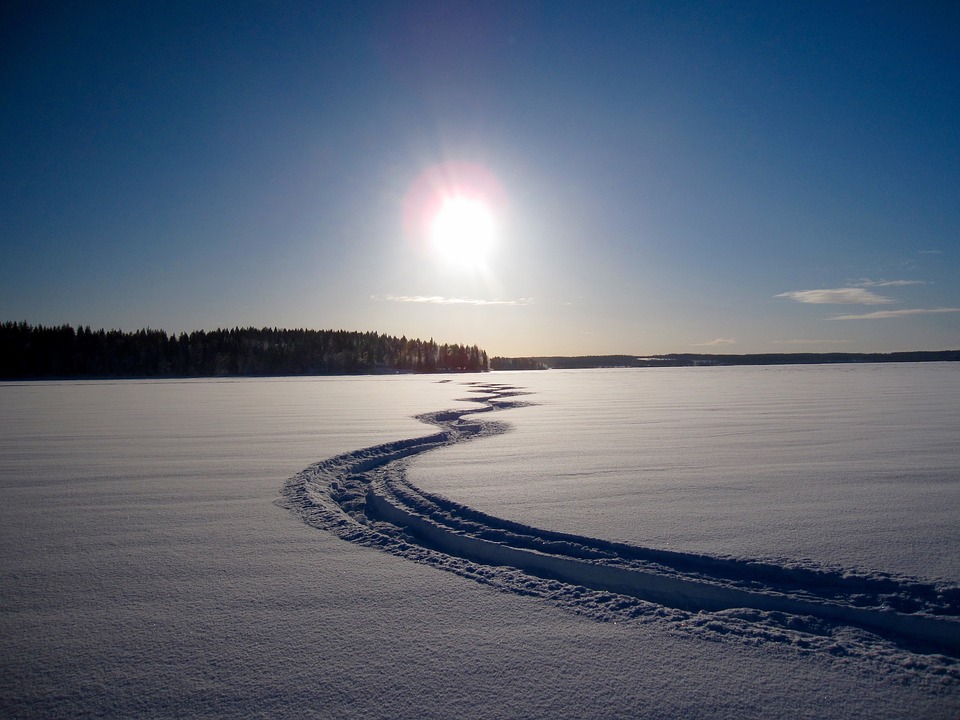
How machines have been engineered to tame even the most extreme winter terrain
Ploughs in focus
The first snow ploughs were horse-drawn sleighs mounted with an iron or wooden wedge. Today, ploughs are engineered for speed and efficiency. Truck-mounted ploughs feature hydraulic arms to adjust for blade height, discharge direction and road pressure. A recent innovation is to pair the conventional front plough with a second side-mounted blade that creates a wider plough path and ejects snow farther off the road. The first rotary snowblowers were invented in the late-19th century to clear railroad tracks impassable with a traditional wedge plough. The rotary snowblower works by scooping snow into its giant rotating fan blades – each around two metres (6.6 feet) long – which force the snow upward through an exhaust chute.
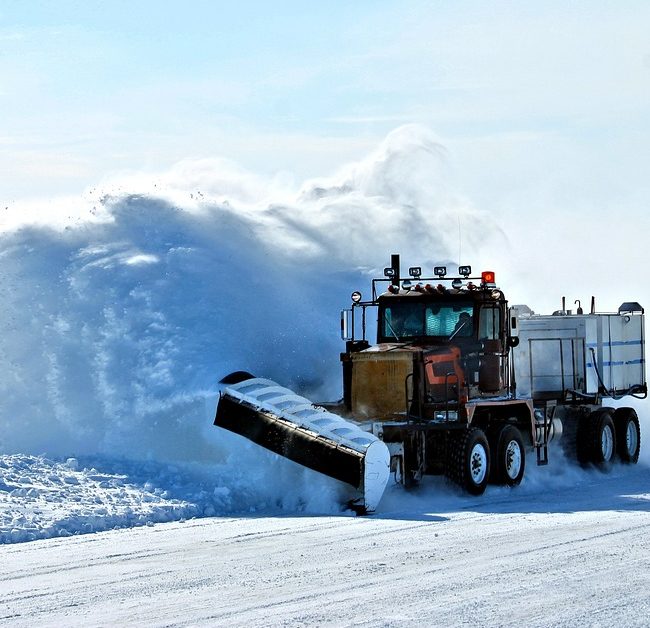
The power of ice breakers
Icebreakers – those massive vessels that cut paths through frozen seas – should really be called ice smashers. An icebreaker’s bow is wide and round like the bottom of a bathtub. Icebreakers don’t slice through sea ice with a razor-sharp nose, as you might expect. They use that smooth, rounded bow to glide on top of the ice and crush it into pieces with the ship’s tremendous weight. To smash through a particularly thick section of ice, the captain will back up and bring the vessel to full ramming speed. The world’s biggest icebreakers run on nuclear power to provide constant thrust without the need for refuelling in remote locations. Dual-functioning ships have a conventional sharp bow to navigate on the high seas, but when operating in reverse, the ship’s propeller agitates the water beneath the ice while the rounded rear of the hull slides over and smashes through the ice sheet. Even icebreakers can get snared by thick ice floes though, as demonstrated by the Chinese icebreaker Xue Long, which got trapped near Antarctica in 2013.
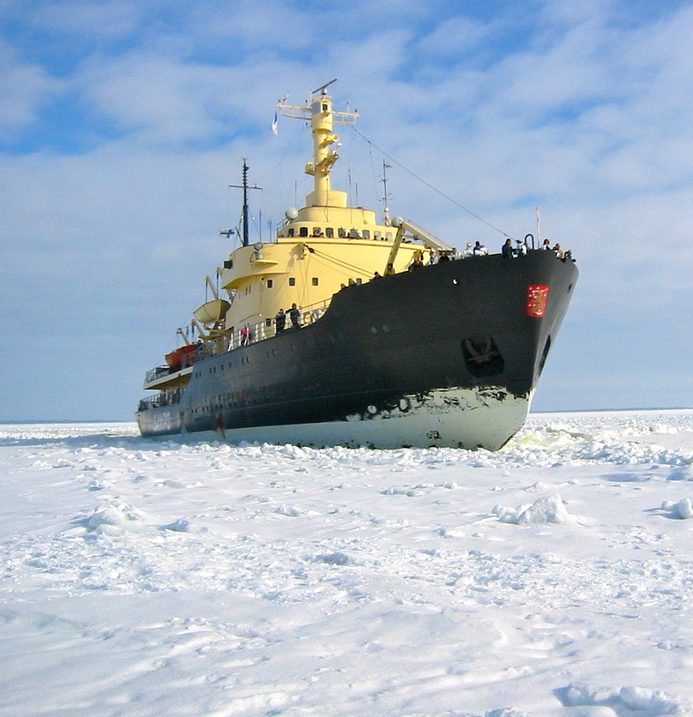
Snow travel without an engine
Starting 10,000 years ago, humans relied on snowshoes and skis to migrate and hunt across vast stretches of frozen wilderness. The physics of snowshoes is simple – a larger surface area distributes the weight, preventing you from breaking the surface and sinking. Skis employ the same physics, but also add the dimension of speed. Skis are polished and waxed to decrease friction and edges are sharpened for more efficient turns. Dog sleds combine the speed of skis with the genetic superiority of sled dogs and their relentless urge to run. In the case of dogs like Siberian huskies, fur comes in layers in order to trap heat, so they can withstand temperatures as low as -60 degrees Celsius (-76 degrees Fahrenheit). Hair between the dogs’ toe pads provides extra traction.
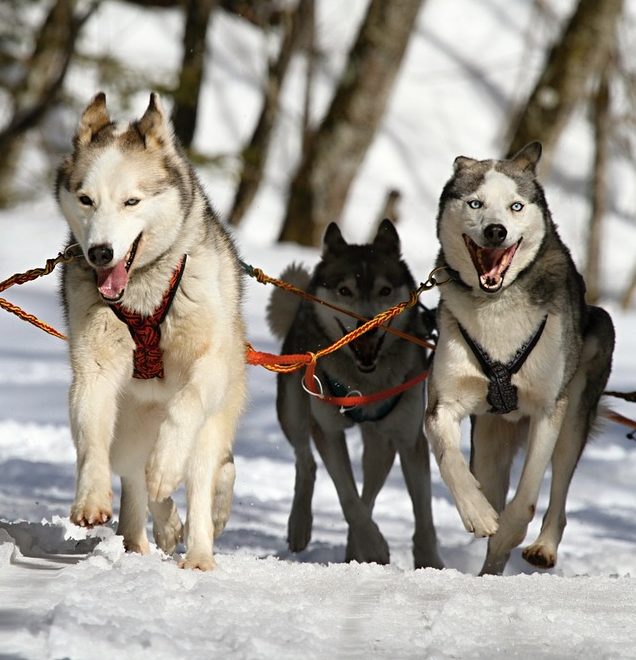
How snowmobiles combat the snow
1 Tracks Called lugs, the tracks’ teeth are angled for a maximum bite in both hard-packed snow and powder.
2 Skis Plastic trail skis are wide and stiff with a ridge along the length of the keel for greater traction during turns.
3 Shocks Gas shocks with coil springs plant skis firmly on the snow surface, even in bumpy conditions.
4 Brakes The hydraulic braking system is activated at the handlebars to clamp down on a 20cm (8in) rotor.
5 Engine The muscle of the Yamaha SR Viper is an electric start, four-stroke, three-cylinder engine.
6 Rear suspension Two shock absorbers provide 34.3cm (13.5in) of rear suspension for a smoother ride.
7 Heated grips Deluxe snowmobiles include amenities like heated handgrips, thumb warmers and an adjustable heated seat to mitigate sub-zero temperatures.
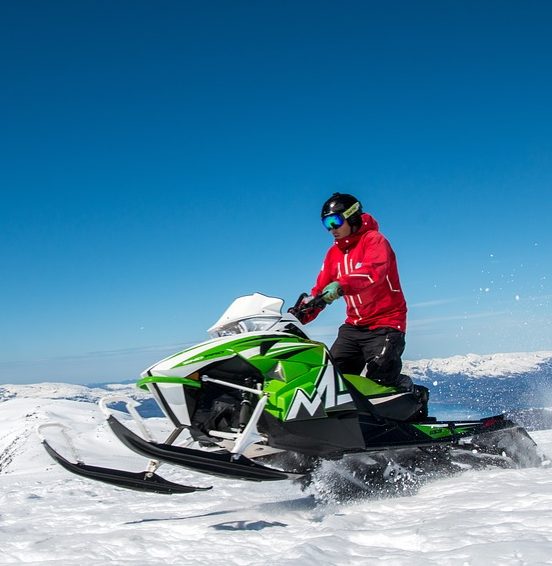
This article was originally published in How It Works issue 57, written by Dave Roos
For more science and technology articles, pick up the latest copy of How It Works from all good retailers or from our website now. If you have a tablet or smartphone, you can also download the digital version onto your iOS or Android device. To make sure you never miss an issue of How It Works magazine, subscribe today!




